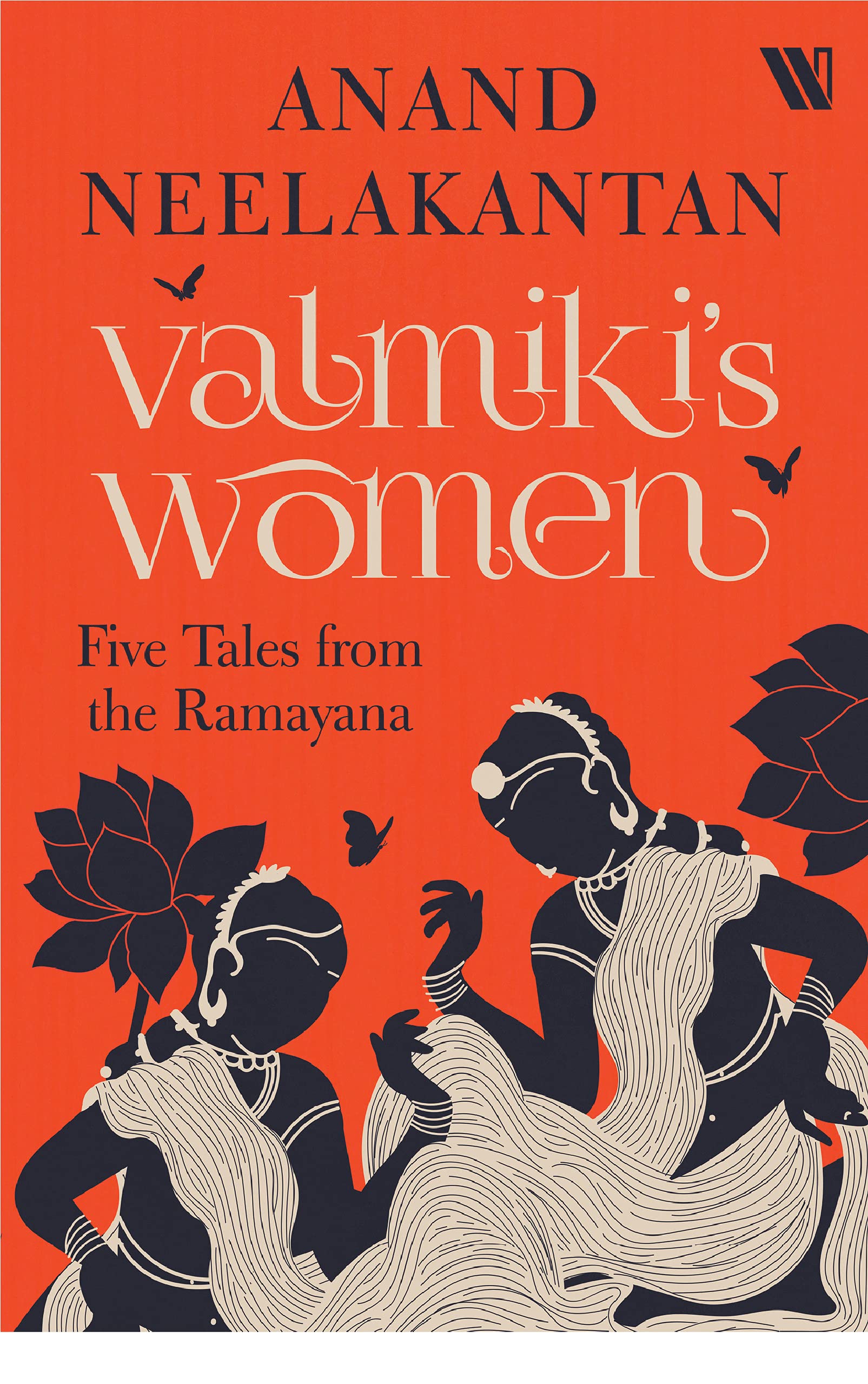Blurb:
Would King Dasharatha even have his coveted sons were it not for the sacrifice of his daughter Shanta? Was Manthara an evil, conniving handmaid to the queen, or a loving mother who tried to protect her ward from palace intrigues? How did Meenakshi of the beautiful eyes transform into the embodiment of ugliness and immoral lust? In an epic that revolves around the life of a righteous prince, what role do the women play? As bestselling author Anand Neelakantan peels back the layers of Valmiki’s timeless saga, these stories of ambition, love, devotion and courage shine through, inviting readers to look at the women anew. Lovers, sisters, wives and mothers who hold a complex epic together—these are the women of Valmiki’s Ramayana.
My Review:
Despite modern Ramayan often failing to depict female characters in any meaningful detail, the portrayals that do exist tend to be highly negative. Sita has been victimized, while Manthra, Meenakshi, and Tataka have been villainized without nuance. Even Shanta, who plays a significant role in the story, is largely unknown to most.
Anand Neelakantan’s Valmiki’s Women is an intriguing tale of the lives of these five women in this Indian epic. It is a captivating and informative read that sheds light on the hidden stories of female characters in the Valmiki Ramayan. Neelakantan’s novel is filled with vivid descriptions and real and relatable characters. He effectively uses his storytelling to explore the lives of these women and their struggles with injustice, ambition, and courage.
The novel is written in an engaging and accessible style that makes it enjoyable for both new and experienced readers of Indian mythology. Neelakantan does a fantastic job of breathing life into the almost unknown and always misunderstood characters of the epic. The setting is also well-developed, giving readers a sense of the atmosphere and culture of ancient India.
Bhoomija: Valmiki’s idea to write Ramayan was brought to life in the first chapter, Bhoomija. Here, the reader is presented with a glimpse of the origins of this illustrious and timeless tale.
Shanta: The least known character of Ramayan is Shanta. She is Lord Rama’s elder sister who was given up for adoption by Dashratha. However, she plays crucial role in the yajna, which enables the birth of Ram and his brothers.
Manthara: Manthra, the key figure behind the fateful exile of Rama, Sita, and Laxmana, has a story that predates even the birth of Ram and the marriage of Kaikeyi. This chapter delves into her journey, starting in Kaikeyi’s youth when her father had to find someone to look after her. Through this, we witness the formation of the relationship between Manthra and Kaikeyi.
Tataka: Tataka is the story of a cursed Yaksha (Nature Spirit) who becomes a Rakshasa (Demon). Tataka’s destiny was sealed when she was slain by Rama.
Meenakshi: Because of the famous scene of Lakshmana cutting off Shurpanakha’s nose, Meenakshi, or Shurpanakha as she is famously known, is often portrayed as a villainous character. However, this narrative offers readers the opportunity to reflect on the scene and gain a newfound understanding of the character and the situation beyond the traditional right vs wrong dichotomy that we have been accustomed to. My favorite story of all, this narrative offers a unique perspective on a misjudged character.
Valmiki’s Women is an absolute must-read for anyone interested in Indian mythology. Neelakantan’s writing is captivating and his characters are truly engaging, providing readers with a completely new and unique perspective on the lives of women in Ramayan. This book is highly recommended!

